By: Andrea Cipriano, MAFP
Some people take the idea of peeking behind the yellow crime scene tape too far.
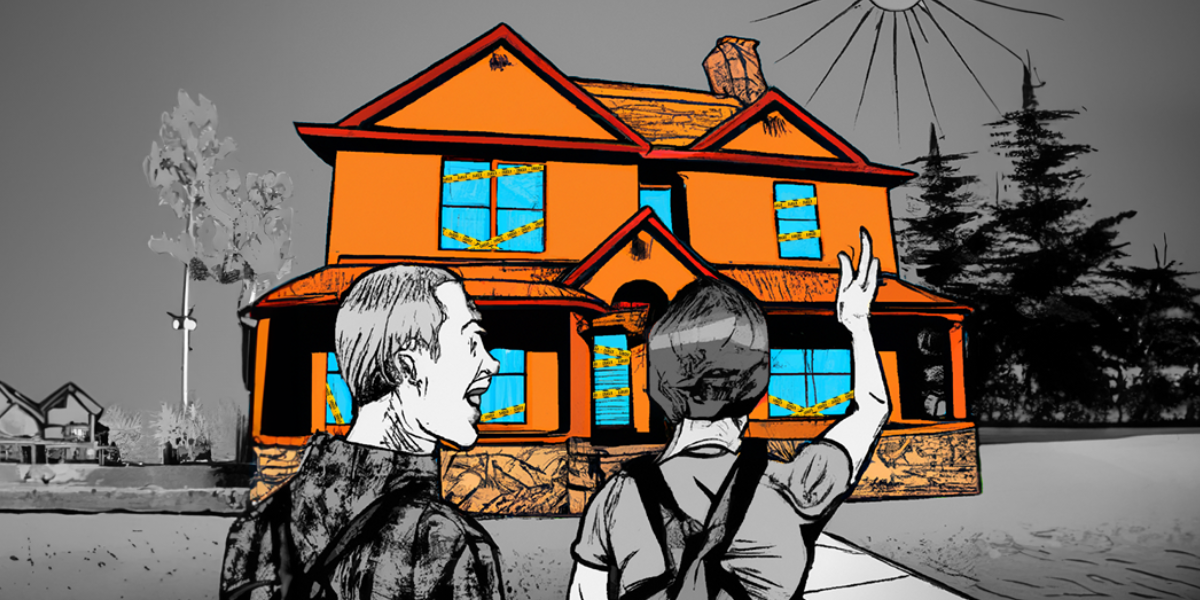
There is a dark underbelly of travel: a world where vacationers or curious individuals flock to infamous crime scenes, “haunted” prisons, and murder sites.
What is true crime tourism?
True crime tourism is a growing phenomenon where individuals visit sites or locations associated with infamous criminal events or notorious criminals.
Sometimes also referred to as “dark tourism” or “crime tourism,” this type of sightseeing can be done in different ways. The most common forms of true crime tourism are walking tours, museum exploration, or, for the more extreme individuals, going against the commercialism-grain and visiting infamous locations outright.
Why would someone do this?
One study claims true crime tourism is popular because people innately desire to understand unthinkable horrors while also wanting to satisfy a natural need for knowledge and seeing things for themselves, rather than simply reading about it or watching content online.
Some have likened this type of travel It’s like rubbernecking at an accident scene after the carnage has been cleared away, or following a firetruck up a city block while its siren is blaring — most people want to see what’s going on but don’t want to get caught up in real danger.
That’s what true crime tourism offers, experts say.
“We’ve just got this cultural fascination with the darker side of history; most history is dark,” Dr. Philip Stone, executive director of the Institute for Dark Tourism Research at the University of Central Lancashire, told The Post. “I think when we go to these places, we see not strangers, but often we see ourselves and perhaps what we might do in those circumstances.”
This phenomenon is described by The New York Times as undeniably intriguing and raises thought-provoking questions about our fascination with the dark side of humanity.
Are we simply voyeurs, or is there a deeper psychological need to immerse ourselves in these chilling cases?
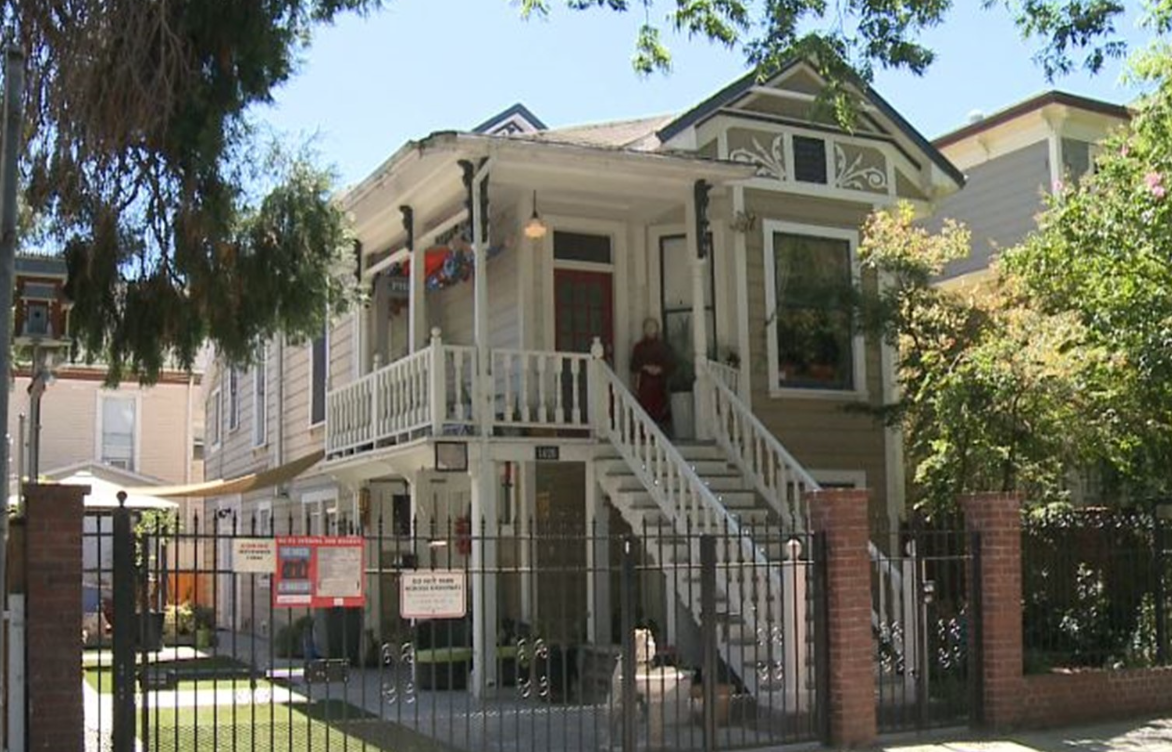
Some well-known examples of true crime tourism destinations include Alcatraz Island in San Francisco, where the notorious Alcatraz Federal Penitentiary was located, or the Jack the Ripper “Original Terror” walking tours in London, which explore the scenes of the infamous Victorian serial killer’s murders.
In addition, the Sacramento Old City Association recently opened the home of notorious 1980s Californian serial killer Dorothea Puente for a tour that included pointing out the spot in the garden where her victim’s bodies were buried.
However, the tours and museum exploration pails compared to the extremism of visiting high-profile locations even when there’s no ticket sale.
True Crime Tourism: High-Profile Locations
Visiting previous crime scenes may seem unsettling to some, but for others, it’s an emerging trend that has gained significant popularity.
Let’s take a look at the recent case against Alex Murdaugh, once a prominent lawyer who was found guilty of killing his wife and son as his finances fell apart.
Since Murdaugh was found guilty and sentenced to life in prison, the Colleton County Moselle Property has become a literal tourist attraction with people frequently driving up to the gates.
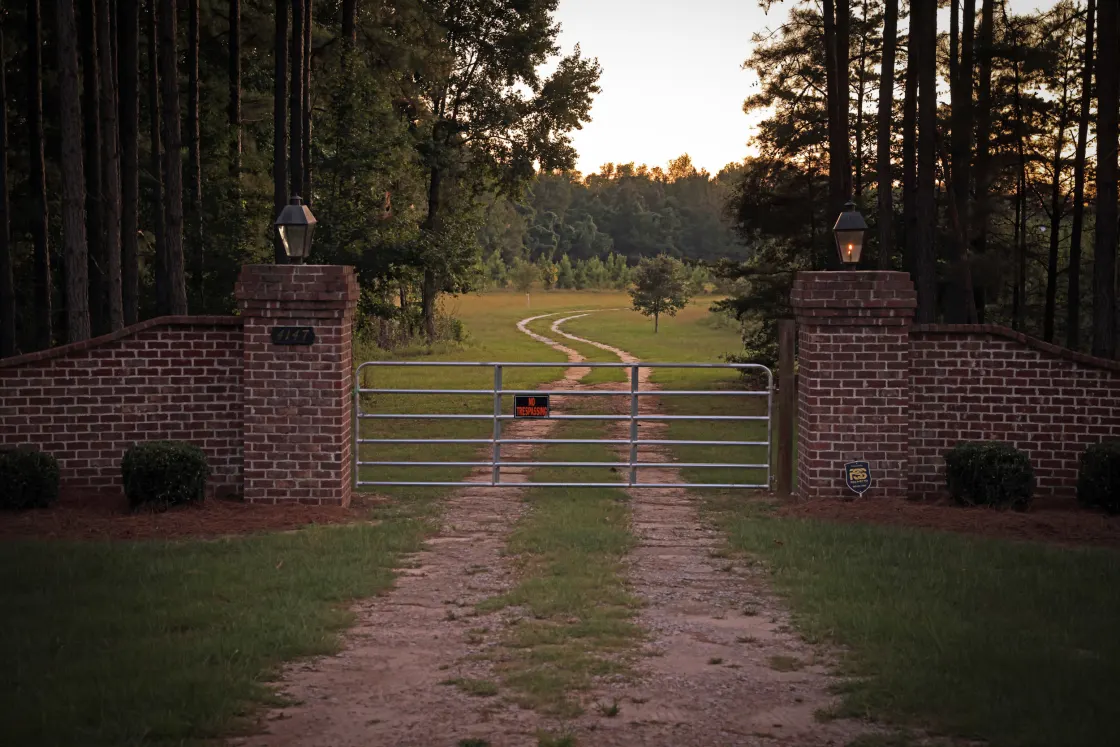
To add to the interest, when items from inside the Murdaugh home were put on sale at Liberty Auction in Georgia — 100 miles away from the crime scene, thousands of people flocked to see what was inside the home, and take a bit of it back for themselves.
People began to line up at the auction house six hours before the auction started, staff members said. Trivial items, like a Yeti cup, which typically retails for $35, was purchased for $400 simply because it was once owned by a Murdaugh.
No place has seen true crime tourism quite like Orange County, Florida, as it relates to the 2008 death of Caylee Anthony.
When the trial started, NBC reported on the dozens of people who traveled across state lines to try and get one of the 50 seats available to the public.
One woman told the NBC reporter that she traveled with her family from Savannah, Georgia, and dropped her kids off at Disney before going to court for the day.
It’s my vacation too, the woman said.
Heading east on Suburban Drive where Caylee’s body was found, true crime tourists often bring flowers, stuffed animals, balloons, and signs to leave in the woods. Locals have put up crosses, but they’ve had to be replaced multiple times because people were stealing them.
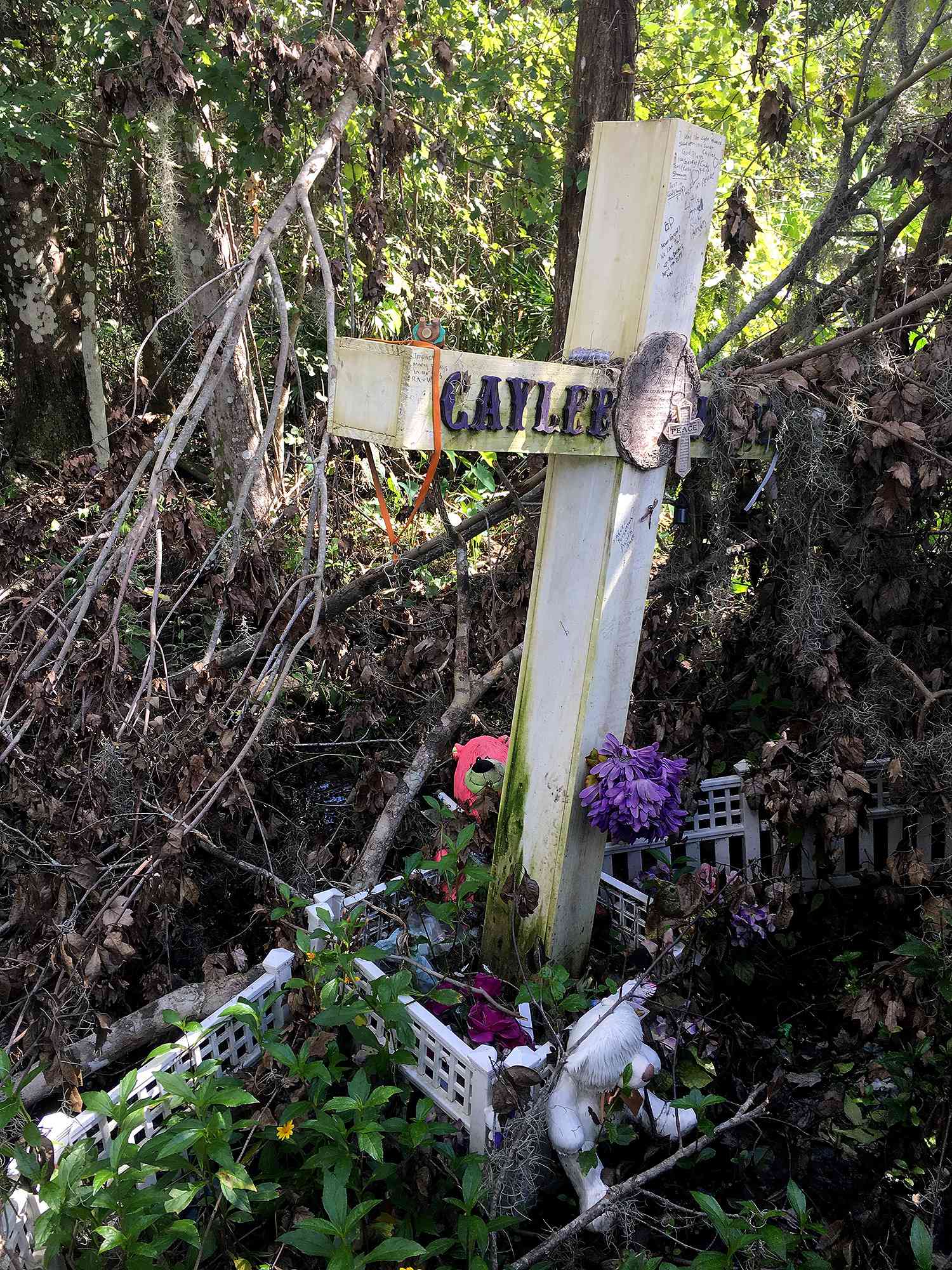
Digital True Crime Tourism: Disrespectful, or Cutting-Edge?
With the internet being an integral part in how many of us keep up with cases and investigations, it’s no surprise that true crime tourism has become even more accessible digitally.
Four months ago, when the Murdaugh’s nearly 1,800-acre property went up for sale, a video tour of the property from immediately after the jury visit ended went viral with almost 400,000 views. Another in-depth video of the kennels where Maggie and Paul Murdaugh were killed garnered nearly 300,000 views.
Beyond the Murdaugh case, no recent crime has taken the internet by storm quite like the November 2022 quadruple homicide of the Idaho students.
Citizen detectives have spent countless hours scouring the 1122 King Road, Moscow, Idaho house where Bryan Kohberger allegedly took the students’ lives.
Some sleuths have done more than just analyze the pixels of publicly available crime scene photos or every word in the arrest affidavit — they’ve instead immersed themselves with 3D models of the house; putting themselves in the shoes of the killer and detectives alike.
While unnerving to some, many will say that this type of virtual tour is far from disrespectful. Nothing about this model is graphic or attempts to speculate about victim positioning, crime scene details, or items in the house.
Some commenters have praised the 3D animator because the detailed and fact-based depiction of the house has helped dispel misconceptions and false statements about the home layout and crime scene. Not to mention, Huux, the designer, cites all of his legal, timeline, photo, and blueprint sources.
Another digital creator, SoundAdvice, has created a 3D video walkthrough of JonBenet Ramsey’s Boulder home as it was in 1996. The creator used satellite images, land elevation data, available floorplans, as well as photos and videos taken by the police to factually reconstruct the house.
CrimeDoor, an Augmented Reality (AR) experience app, says they are doing similar 3D modeling work with their cutting-edge platform.
The founders of CrimeDoor have made it possible for anyone to use their own cell phone’s camera to project crime scenes using AR technology visually. To that end, their work differs from Huxx’s and SoudAdvice’s animations, as CrimeDoor allows anyone who pays their yearly subscription to see recreations of victims’ bodies and parts of the rooms or areas where crimes were committed.
Founders and Hollywood producers Neil and Lauren Mandt shared with WISH-TV that they believe seeing things in 3D can bring back memories that could help solve cases.
“This allows a perspective that has never been offered to the average person,” Neil Mandt said.
Benefits of Keeping Locations
When cases and trials are active, sometimes it can be beneficial to keep a location or building standing for evidential integrity — even if that means running the risk of unwelcome tourists.
Keeping locations available after a trial to be viewed can also be a cathartic and therapeutic experience for victim’s families, survivors, and communities — like in the case of the Marjory Stoneman Douglas High School massacre.
The crime scene has remained unaltered since Valentine’s Day 2018, the day of the shooting — but the building is slated to be demolished now that all criminal proceedings are over.
Hunter Pollack, who lost his sister Meadow in the mass murder, said in a statement quoted by News4JAX, “There is no standard on how to grieve the vicious murder of your child or sibling, each person should do what will help them find closure & if touring the 1200 will help them, they should have the option to do so. However, I will likely opt out of it.”
Memorials can also be erected alongside infamous locations people will inevitably visit to make sure the victim’s memory is not lost.
A rock memorial exists in the location near Spread Creek, Wyoming, where Gabby Petito’s body was discovered. Hikers who have come across the location have been leaving written messages on the rocks, saying things like “Rest in Peace” and detailing messages of strength for her family.
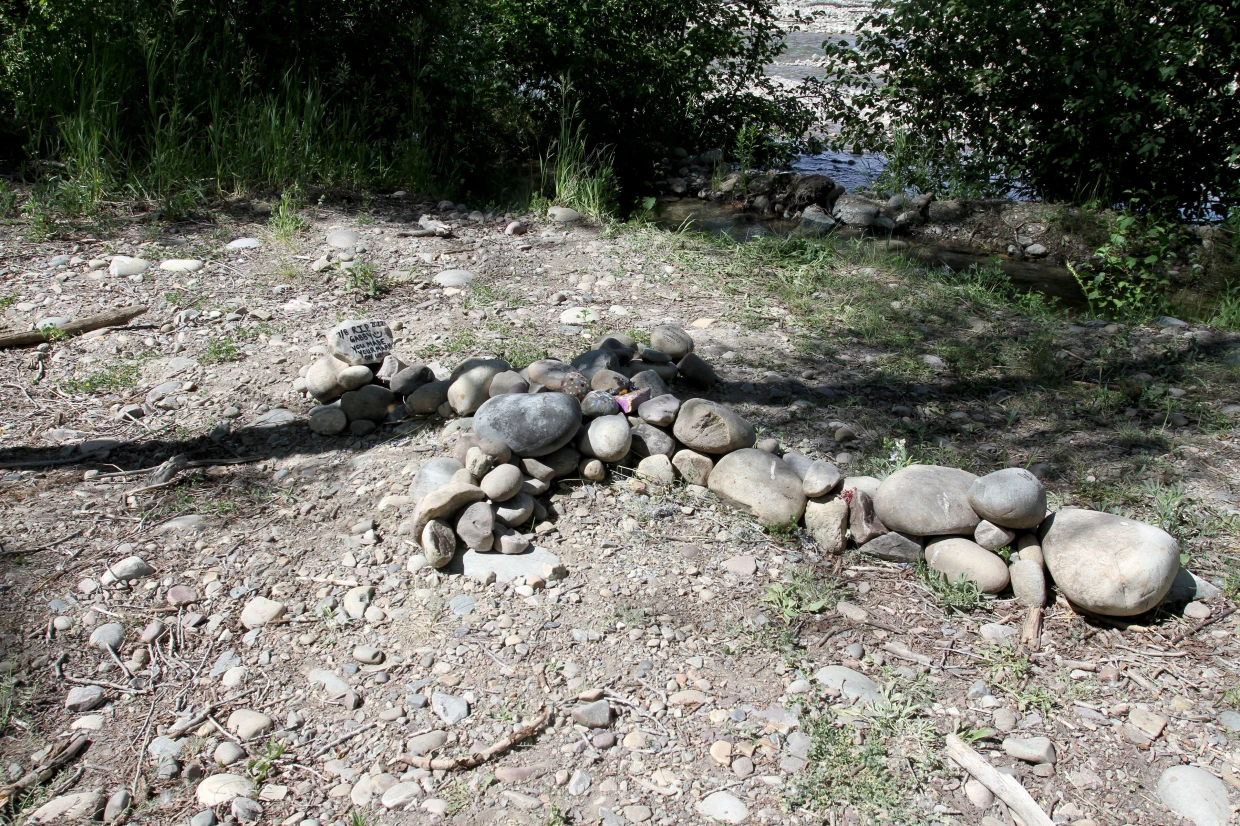
Amidst the allure and fascination with many of the aforementioned locations, members of the true crime community who discuss ethics urge everyone to question the implications of indulging in this type of voyeurism and instead, pay tribute to the victims and their stories.
True crime tourism treads a fine line, enticing us with its twisted allure but reminding us to approach cases with sensitivity and respect.
As Dr. Phillip Stone from the UK research group says, “Dark tourism doesn’t need dark tourists. It just needs people who are interested in learning about this life and this world.”
Love this post? Meet the Author.
Andrea Cipriano is the Digital Content Specialist at Uncovered, where she writes for the twice-weekly true crime newsletter, The Citizen Detective. Andrea graduated with a Master of Arts in Forensic Psychology from John Jay College of Criminal Justice, where she focused on researching and peeling back the criminal mind. Andrea believes that it’s never too late for justice.
Uncovered has built a community for thoughtful true crime discussion, advocacy, and comprehensive cold case research. We are the hub for novice and experienced researchers alike, helping members further develop their citizen detective skills. Sound like something you’re interested in? Join our community. Together, we can make a difference.
